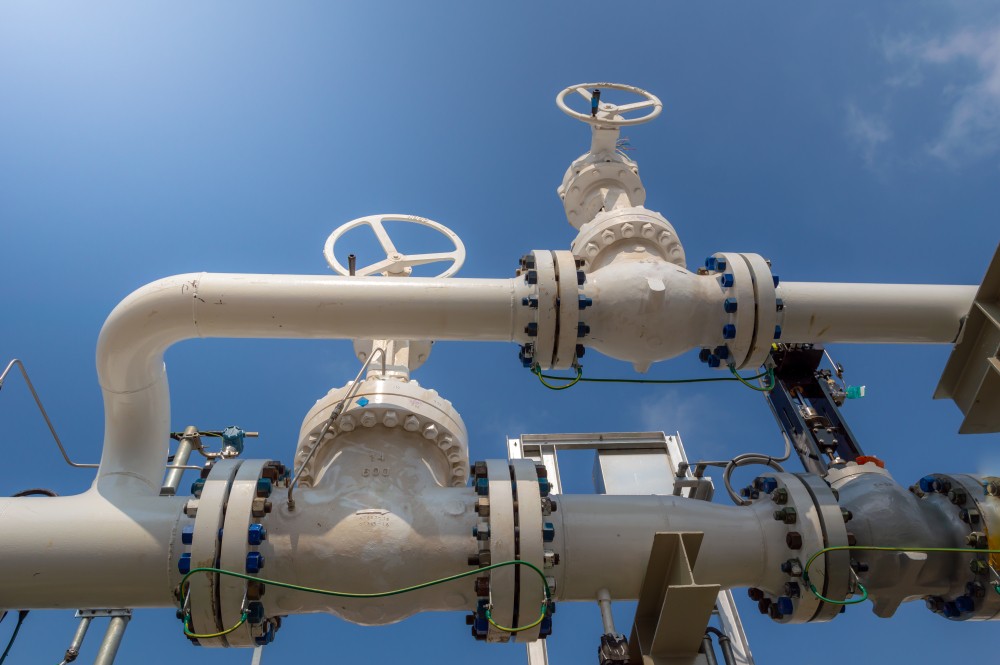In recent months, European inflation rates have been a rollercoaster ride, showcasing relief and challenges for the continent. In November, there was a noteworthy drop to 2.4%, the lowest over two years, primarily attributed to a decline in energy costs. However, the impact of higher interest rates on economic growth looms large, creating a delicate balancing act for policymakers.
Current State of EU Inflation Rates
The decline in inflation, from 2.9% in October to 2.4% in November, is a welcome development for Europeans. This figure aligns closely with the European Central Bank’s inflation target of 2.0%. It marked a significant improvement from the peak of 10.6% in October 2022 during an energy crisis. Yet, the rapid series of interest rate hikes since the summer of 2022 has led to a tradeoff, stalling economic growth.
In November, core inflation, a crucial measure that excludes the influence of volatile fuel and food prices, dropped to 3.6%, surpassing analysts’ expectations. Contemplating a dilemma, the European Central Bank weighs holding rates steady for the second time at its December 14 meeting. Emphasizing data-driven decisions, ECB President Christine Lagarde commits to maintaining high rates until the inflation goal is achieved.
German Economic Challenges
Germany, Europe’s largest economy, witnessed a decline in annual inflation to 2.3% in November, down from 3.0% in October. Nevertheless, the nation is facing a fiscal dilemma, aggravated by its status as the world’s poorest-performing major economy in terms of growth. Germany faces an economic challenge as disrupted Russian natural gas supplies exacerbate the energy crunch, creating a complex situation. The effects of inflation are starkly evident as the country faces the fallout from Western sanctions over the invasion of Ukraine.
In conclusion, the current trajectory of European inflation rates reflects a delicate dance between relief and challenges. The sharp descent in inflation, particularly in Germany, provides temporary respite, but the tradeoff of stalling economic growth poses concerns. The European Central Bank’s strategic navigation through inflation effects involves a delicate balance between interest rates and economic growth outlook.









COMMENTS